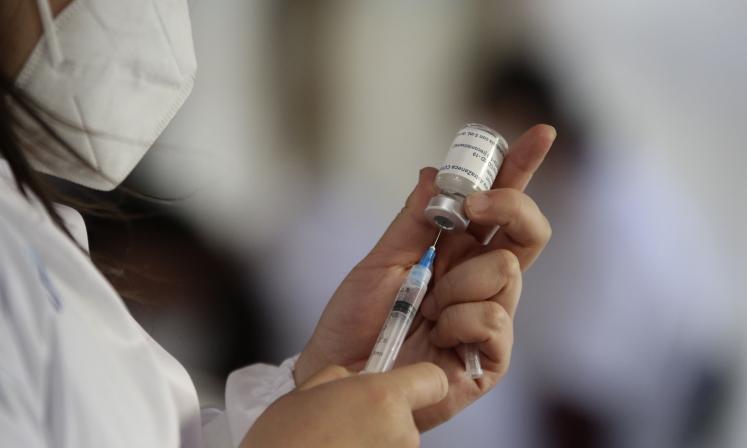Global Infant Vaccination Rates Stabilize After COVID-19 Disruptions, but Millions Remain Vulnerable
Geneva – The global landscape of infant vaccination has witnessed a period of stabilization following setbacks incurred during the COVID-19 pandemic. According to recent data released by UN agencies, including the World Health Organization (WHO) and UNICEF, 85% of infants worldwide received the essential three doses of the diphtheria, tetanus, and pertussis (DTP) vaccine in 2024. This represents a marginal increase of one percentage point and one million additional children compared to the previous year. While this uptick offers a glimmer of hope, concerns persist as nearly 20 million infants missed at least one DTP dose, including a staggering 14.3 million who received no doses at all – representing a “zero-dose” status. Although this figure marks a slight improvement from 2023, it remains significantly higher than pre-pandemic levels in 2019. This underscores the fragility of global immunization progress and the persistent challenges in reaching every child with life-saving vaccines.
While celebrating the modest gains in reaching more children with essential vaccines, UNICEF Executive Director Catherine Russell expressed deep concern about the millions who remain unprotected from preventable diseases. This sentiment was echoed by WHO Director-General Tedros Adhanom Ghebreyesus, who cautioned that the world is falling short of its ambitious goal of achieving 90% coverage for essential vaccines among children and adolescents by 2030. He highlighted the detrimental impact of drastic aid cuts and the proliferation of misinformation regarding vaccine safety as key factors jeopardizing decades of progress in global immunization efforts.
Unequal access to vaccines continues to plague the global health landscape, exacerbating existing disparities and hindering progress towards universal coverage. Conflicts and humanitarian crises further compound these challenges, disrupting vaccination campaigns and leaving vulnerable populations at heightened risk. Additionally, significant reductions in international aid, particularly from the United States, pose a serious threat to sustaining and expanding immunization programs in low-income countries. UNICEF’s immunization chief, Ephrem Lemango, revealed that these funding cuts have hampered the organization’s outbreak response capabilities in nearly 50 countries.
The spread of misinformation about vaccine safety has emerged as a critical obstacle to achieving optimal immunization coverage. The erosion of public trust in scientific evidence fuels vaccine hesitancy, contributing to dangerous immunity gaps and outbreaks of preventable diseases. Experts have expressed particular alarm about the situation in the United States, where Health Secretary Robert F. Kennedy Jr.’s history of promoting vaccine misinformation has coincided with the country’s worst measles outbreak in three decades. In 2024, a total of 60 countries experienced significant measles outbreaks, almost double the number from the previous year, underscoring the devastating consequences of waning vaccine confidence.
Despite the challenges, there are some positive developments to report. Gavi, the Vaccine Alliance, reported increased vaccine coverage against various diseases in the 57 low-income countries it supports in 2024. Gavi CEO, Sania Nishtar, acknowledged the progress made in protecting more children in these lower-income nations than ever before. However, the data also revealed concerning signs of declining coverage in higher-income countries where coverage had previously reached or exceeded 90%. This slippage highlights the need for sustained vigilance and investment in immunization programs across all income levels.
The global health community faces a critical juncture in the fight against vaccine-preventable diseases. While the stabilization of infant vaccination rates after the disruptions caused by the COVID-19 pandemic offers a glimmer of hope, the persistent challenges of unequal access, funding cuts, and misinformation threaten to unravel decades of progress. Renewed commitment, increased investment, and targeted strategies to address vaccine hesitancy are crucial to closing immunity gaps, achieving global vaccination targets, and protecting future generations from preventable diseases. The consequences of inaction are dire, as even small drops in immunization coverage can have devastating impacts on global health security.


